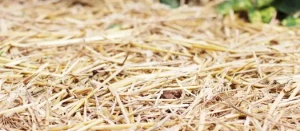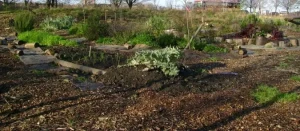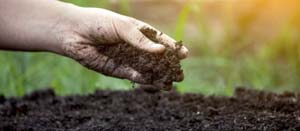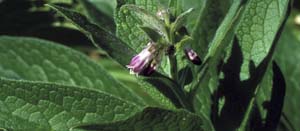SEARCH RESULTS > ARTICLES > Legumes
Welcome to our comprehensive guide on soil aeration in your garden! As gardeners, we understand the vital role that soil health plays in the success of our plants. Soil aeration is a fundamental practice that directly impacts the well-being of our gardens and the growth of our beloved plants. In this article, we will delve deep into the importance of soil aeration, explore various methods and tools for aerating your soil effectively, provide practical tips for incorporating soil aeration into your gardening routine, and offer insights into why this practice is essential for cultivating healthy, thriving plants. Whether you're a seasoned gardener or just starting your gardening journey, understanding soil aeration is key to nurturing vibrant gardens and achieving bountiful harvests. Join us as we explore the world beneath our feet and discover the secrets to unlocking the full potential of your garden soil! Learn More
Cover crops are an essential aspect of sustainable gardening. These crops, also known as green manure, are planted primarily to improve soil health, enhance fertility, control weeds, and prevent erosion. Learn More
In the quiet depths of garden soil, a hidden symphony unfolds as plants engage in intricate relationships with microorganisms. Beyond the visible blooms and verdant foliage lies a complex network of interactions that profoundly shape the health and fertility of the soil. In this exploration, we delve into the nuanced world of plant-microbe relationships and their transformative impact on garden soil. Learn More
Permaculture gardens thrive on the principle of working with nature, and at the heart of a successful permaculture garden lies healthy soil. Building and maintaining fertile soil is essential for sustainable gardening practices that promote biodiversity, water conservation, and overall ecosystem health. Learn More
In the realm of sustainable gardening, permaculture stands out as a holistic and eco-friendly approach that harmonizes with nature rather than imposing on it. Creating a permaculture garden involves thoughtful planning, observation, and a commitment to working with the natural environment. In this step-by-step guide, we'll explore how to design a permaculture garden that not only yields bountiful harvests but also nurtures the ecosystem. Learn More
Crop rotation is a beneficial practice in gardening for several reasons. Learn More
Companion planting is a gardening practice where you strategically plant different types of crops near each other to take advantage of the potential benefits they can offer each other. This can include improving growth, deterring pests, enhancing flavor, and maximizing space. Here's why and how you can use companion planting in your garden. Learn More






